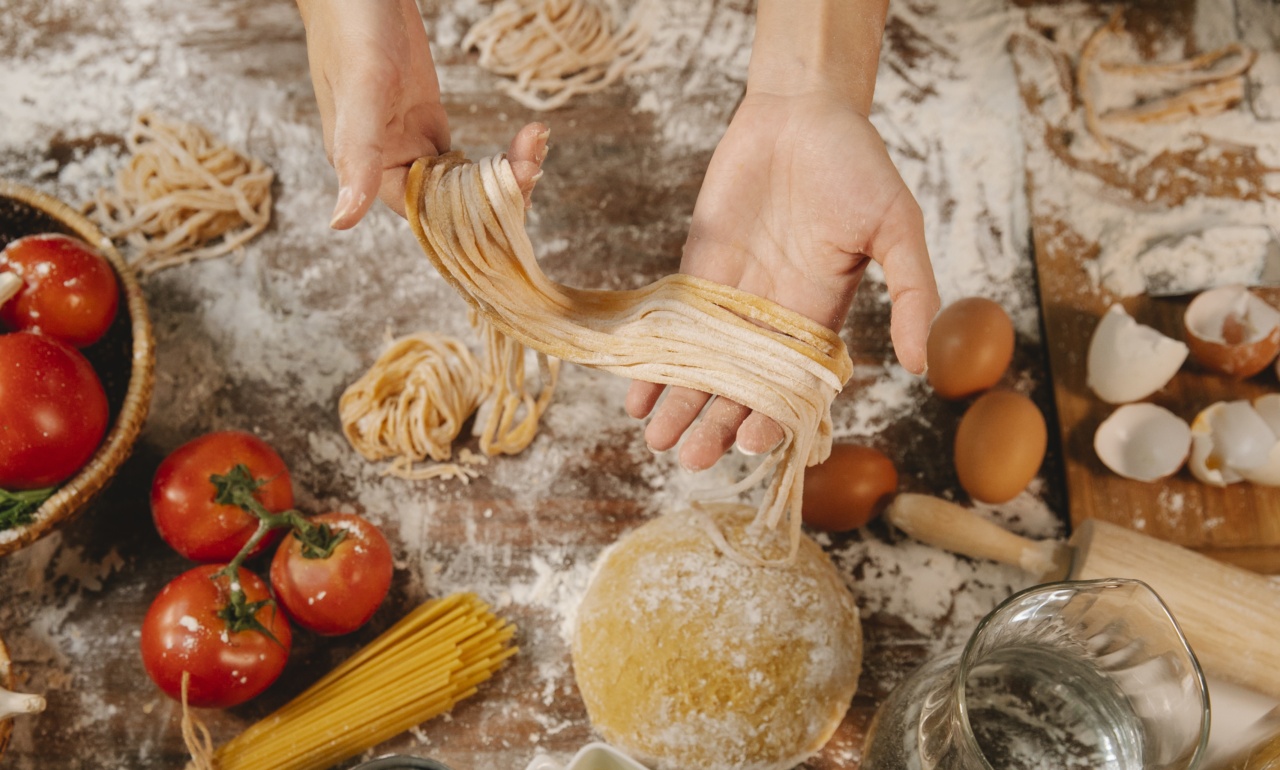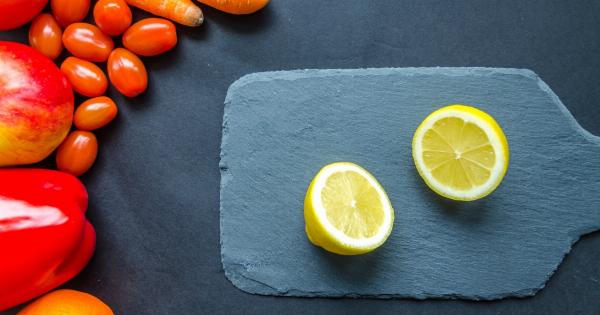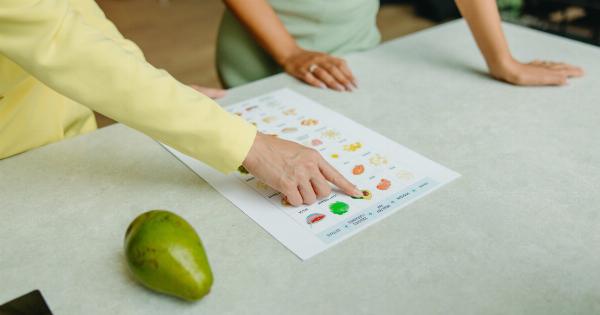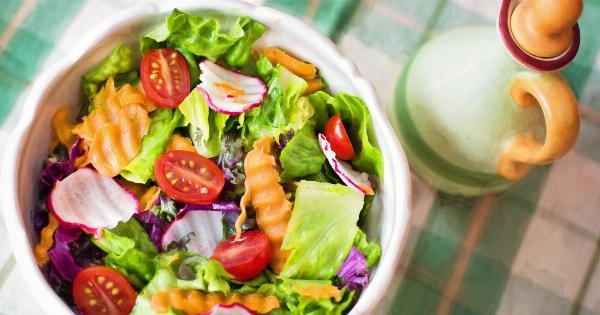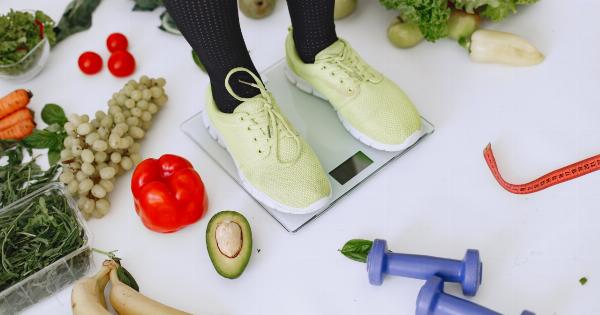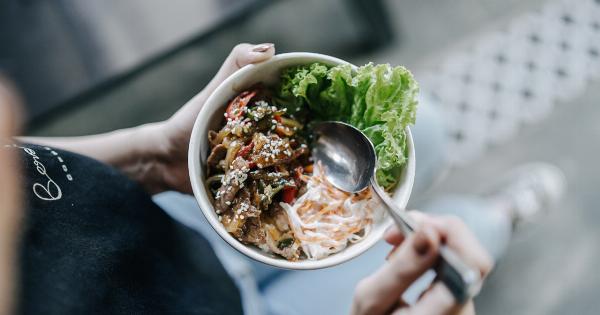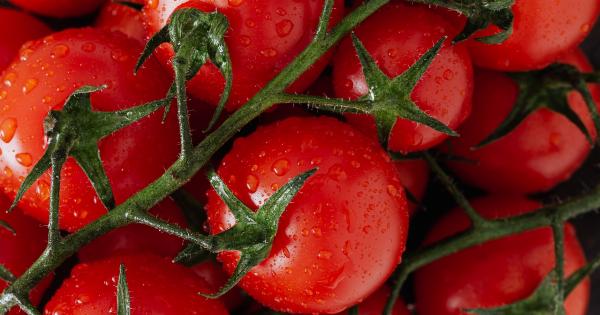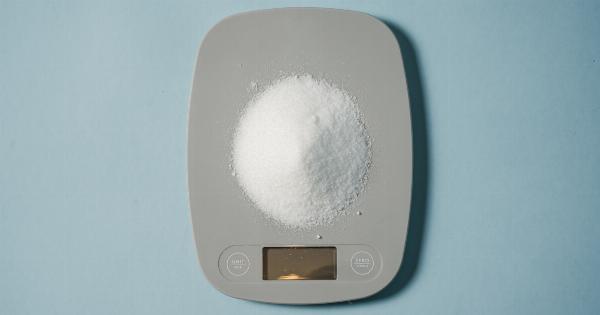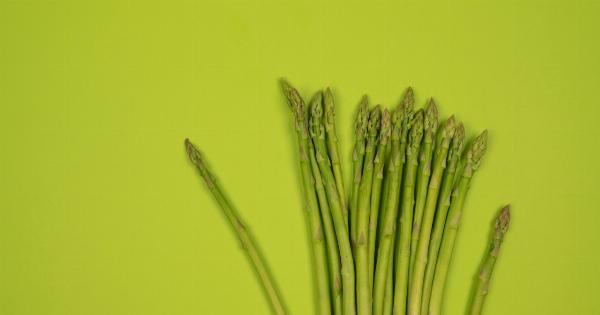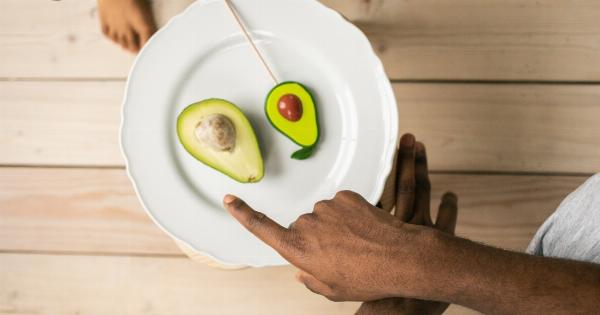When it comes to meal planning, maximizing the lifespan of fresh vegetables is essential. Proper refrigeration is one of the key factors in extending their shelf life.
However, every vegetable has a different storage requirement, and understanding these nuances can help you avoid unnecessary food waste and save money in the long run. In this article, we will explore how long various vegetables can be stored in the refrigerator, providing you with practical insights for meal planning.
Leafy Green Vegetables
Leafy green vegetables such as spinach, kale, and lettuce are highly perishable and require careful storage. When stored unwashed in a sealed plastic bag, they can last up to five days in the refrigerator.
However, it’s important to note that the lifespan of these vegetables can decrease if they are already wilted or damaged when purchased.
Root Vegetables
Root vegetables like carrots, beets, and radishes have a longer shelf life compared to leafy greens. When stored in a perforated plastic bag or open container with a damp towel to maintain moisture, they can last for several weeks in the refrigerator.
Check for any signs of decay or softening before use.
Cruciferous Vegetables
Cruciferous vegetables, including broccoli, cauliflower, and Brussels sprouts, can be stored in the refrigerator for up to a week.
It’s important to keep them in a sealed plastic bag or airtight container to prevent moisture loss, which can lead to wilting.
Onions, Garlic, and Shallots
Onions, garlic, and shallots have a relatively long shelf life and can be stored for several months if kept in a cool, dry, and well-ventilated area. However, once cut or peeled, they should be refrigerated and consumed within a week.
Tomatoes
Tomatoes are typically stored at room temperature to maintain their flavor and texture. However, if you have extra ripe tomatoes that need to last a bit longer, you can store them in the refrigerator for up to a week.
Note that refrigeration can affect their taste and texture, so it’s best to consume them promptly.
Cucumbers
Cucumbers can be stored in the refrigerator for up to a week. To maintain their freshness, keep them in a sealed plastic bag or wrap them in plastic wrap. If you notice any signs of soft spots or mold, discard them immediately.
Peppers
Peppers, whether they are bell peppers or spicy peppers, can last for about a week in the refrigerator. To maintain their crispness, store them unwashed in a plastic bag or airtight container.
It’s best to use them within a few days for optimal flavor and texture.
Summer Squash and Zucchini
Summer squash and zucchini have a relatively short shelf life and should be used within a week of purchase. Store them in the refrigerator in a perforated plastic bag to maintain their freshness. Check for any signs of softening or mold before using.
Potatoes
Potatoes, both regular and sweet, can be stored in a cool, dark, and well-ventilated area for several weeks. However, if you have leftover cooked potatoes, they should be refrigerated and consumed within a few days.
It’s important to note that refrigeration can affect the texture, making them grainy or mealy.
Mushrooms
Mushrooms are highly perishable and should be used within a few days of purchase. To extend their shelf life, store them in a paper bag instead of a plastic bag. This allows for better airflow, reducing moisture buildup and the risk of mold.
Conclusion
Properly storing vegetables in the refrigerator is crucial for extending their shelf life and minimizing food waste.
By understanding the storage requirements of different vegetables, you can plan your meals more efficiently and ensure that you use your vegetables at their freshest. Remember to regularly check for signs of spoilage and discard any vegetables that show decay or mold.
With these practical insights, you can confidently incorporate a variety of vegetables into your meal planning, leading to healthier and more sustainable eating habits.
